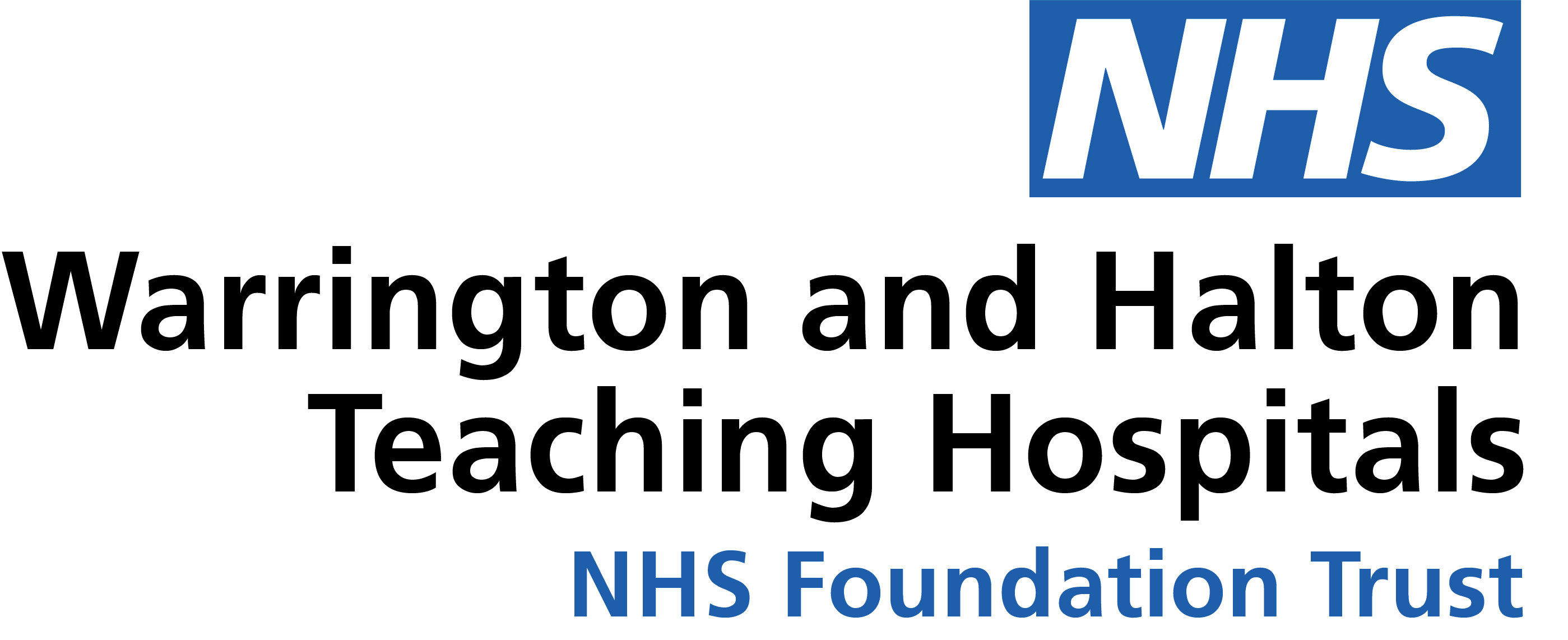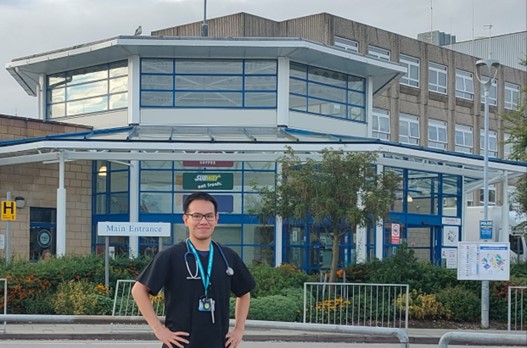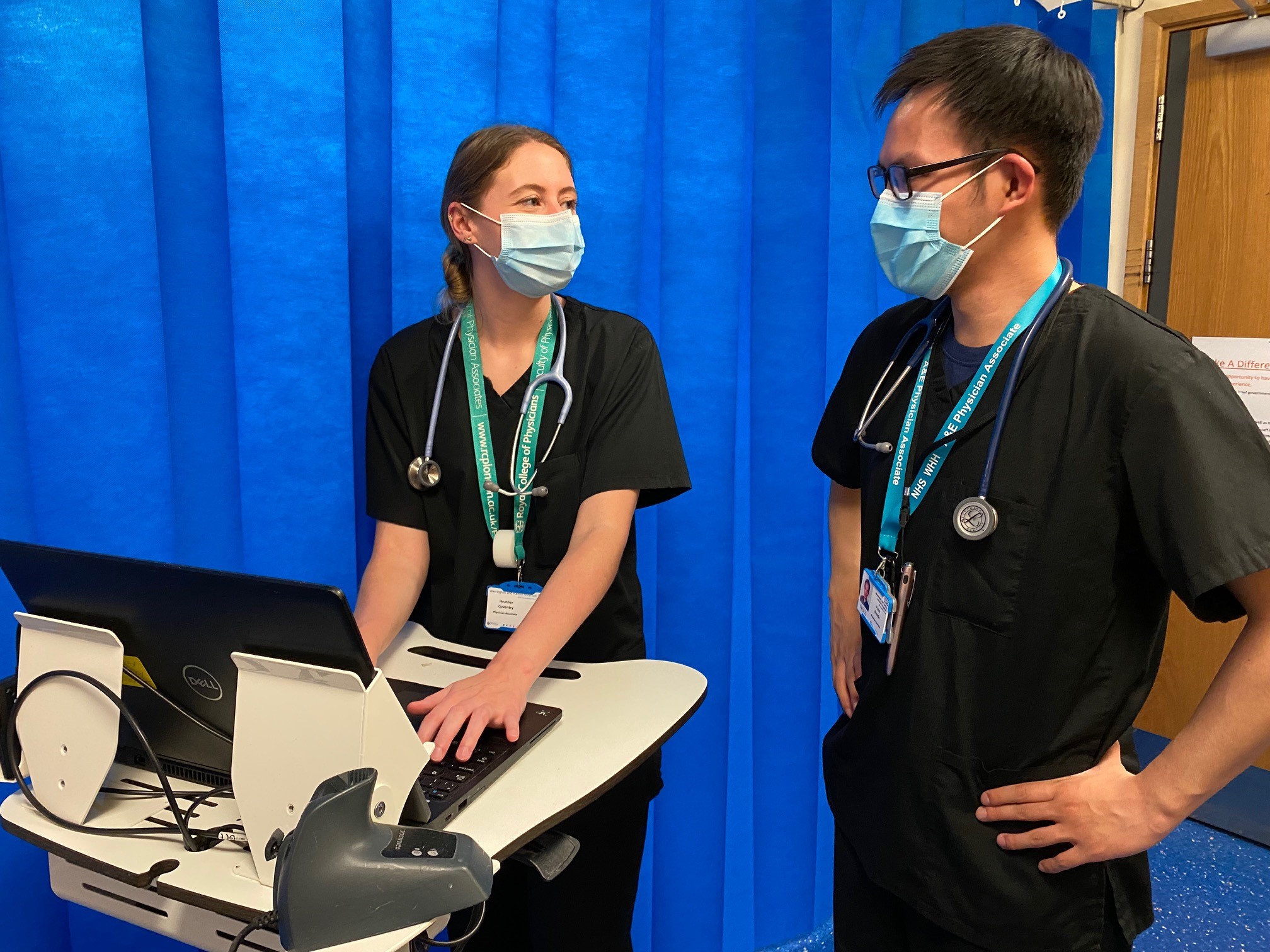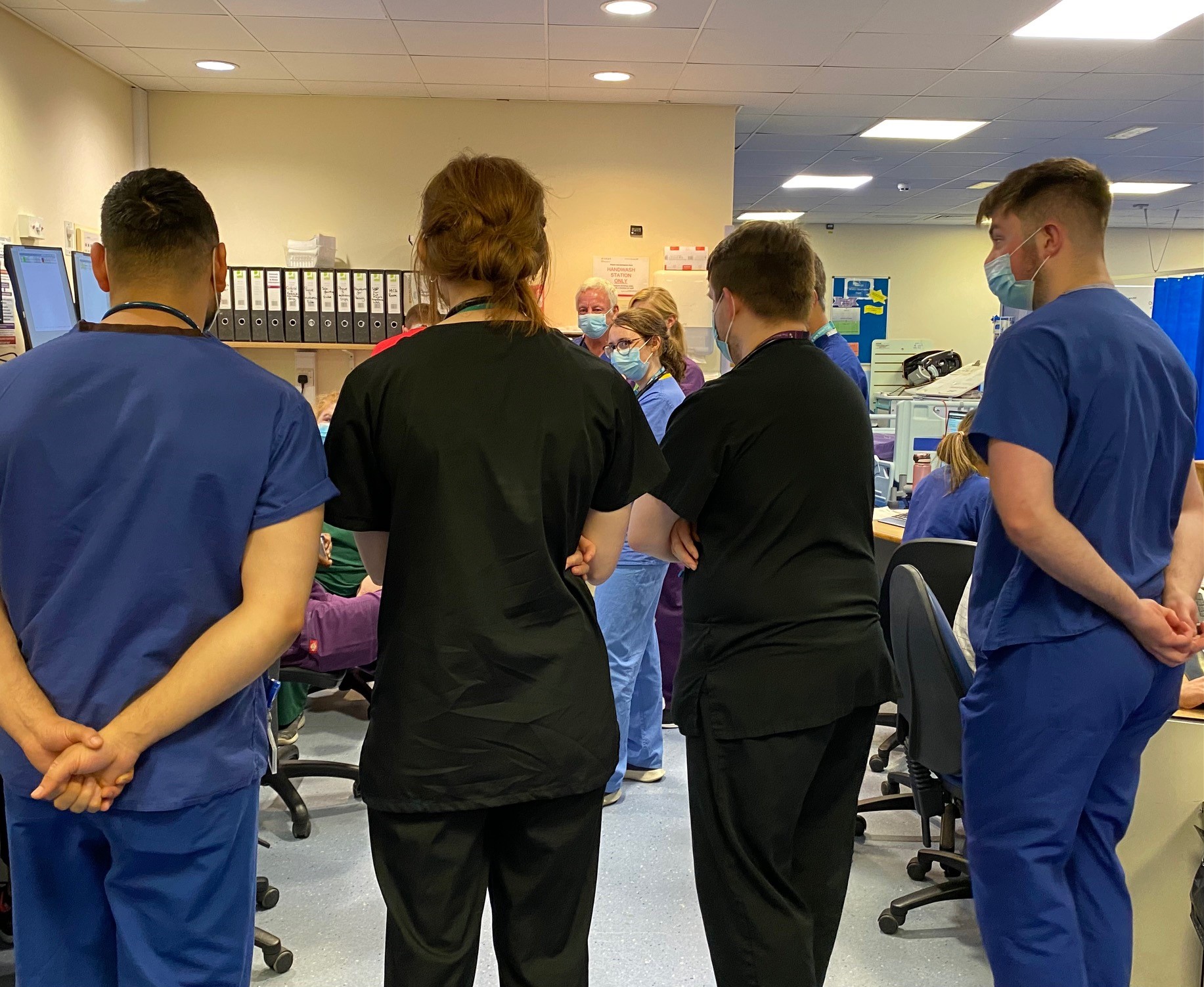Happy Physician Associate Week!
From 3rd – 7th October, it is a time to showcase and celebrate Physician Associates (PAs) – what they do, why they do it, and importantly how they support the NHS. The aim of Physician Associate Week is to raise awareness of this new and exciting profession in the field of medicine.
Who are Physician Associates?
Physician Associates are healthcare professionals with a generalist medical education who work alongside doctors, nurses, and other healthcare professionals as part of the multidisciplinary team. They are dependent practitioners working with a dedicated supervisor, but are able to work autonomously with appropriate support.
Physician Associates Around the World
Physician Associates have since been an integral part of the USA healthcare system for the last 55 years, with approximately 140,000 qualified PAs. As of 2022, at least sixteen countries utilise Physician Associates/Assistants in their healthcare systems, including USA, UK, Canada, Germany, Netherlands, and Australia. In the UK, there are approximately 3,200 practising Physician Associates who are based in hospitals, general practices, and mental health wards.
For more information on Physician Associates Week.
Meet one of our Physician Associates in the Care of the Elderly - Louise.
Day in the Life
Hello, my name is Franz Arnedo and I am a newly qualified Physician Associate working in the Emergency Department at Warrington Hospital.
After passing the Physician Associate National Exams (PANE), I started working at Warrington Hospital since April and have felt well-supported by the multidisciplinary team which is comprised of PAs, doctors, nurses, and other healthcare professionals. Furthermore, the transition from being newly qualified and starting my first job was carefully planned as I was supernumerary for the first 8 weeks which allowed time for me to adapt to the system.
At the start of my shifts, we have a safety brief and handover meeting where we discuss the patients especially those who are critically unwell. After the meeting, just like the doctors and other PAs I would check the patient list on the online hospital system. Unless asked by the coordinating consultant to see a critically unwell patient, we usually see patients in time order so I find who is next to be seen and read their triage notes as well as checking what investigations have already been ordered and if there are any results available.
Next, I would put my name next to the patient so other staff are made aware, and then set off to the area of the emergency department where the patient is located whether that be in the waiting room, triage, ambulatory, majors, hub, paediatrics or respiratory unit.
When with the patient, I would take a history, perform examinations, and answer any questions the patient has as well as discussing my preliminary findings and possible causes of their symptoms and management. However, I would always tell the patient that I will need to have a discussion with the consultant first before anything is finalised. Nevertheless, at least I am able to answer their questions and give them an idea of what may be going on and of any further investigations or management which may be involved for their reassurance.
Afterwards, I would document the interaction and present the case to the coordinating consultant which includes the patient’s history, my examination findings, and investigation results. We would then have a discussion where I have the opportunity to suggest the diagnosis/differential diagnoses and propose an appropriate management plan. During these discussions, the coordinating consultant would be able to prescribe the appropriate medication or order investigations that require ionising radiation.
On numerous occasions, I have been asked about my role by both patients and staff, and I believe we have a responsibility as Physician Associates to explain the role clearly, and to demonstrate through our actions that this new role can play a vital part in the healthcare system. This will be an essential step towards making the Physician Associate a household name in the NHS in the years ahead. To learn more about Physician Associates: https:/






